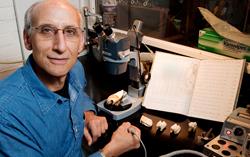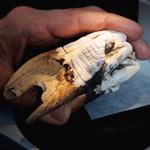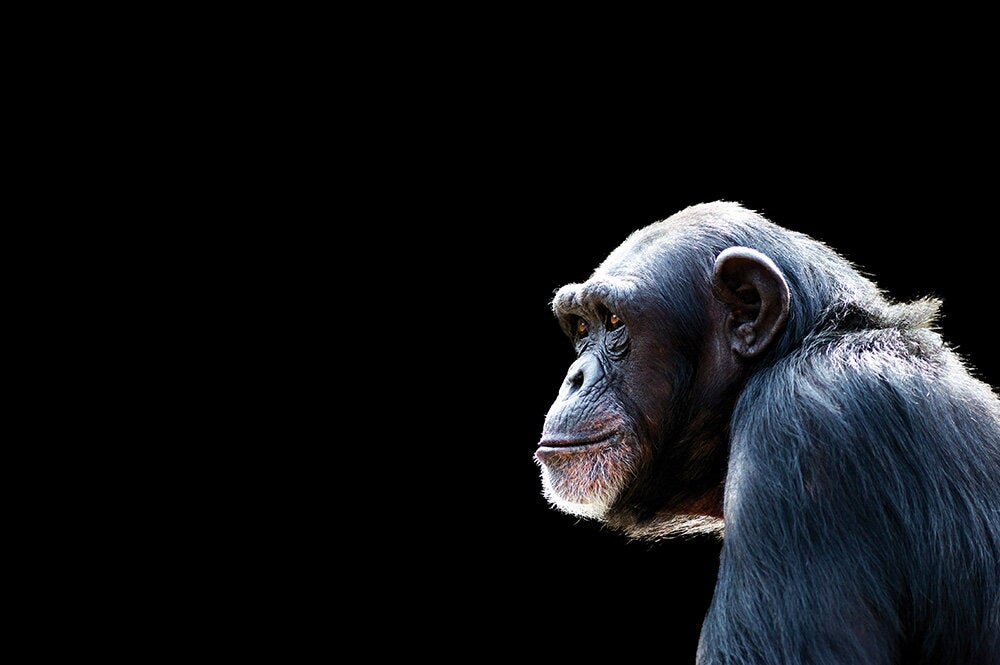

Among the many surprises associated with the discovery of the oldest known, nearly complete skeleton of a hominid is the finding that this species took its first steps toward bipedalism not on the open, grassy savanna, as generations of scientists—going back to Charles Darwin—hypothesized, but in a wooded landscape.
“This species was not a savanna species like Darwin proposed,” says U of I anthropologist Stanley Ambrose, a coauthor of two of 11 studies recently published in the journal Science on the hominid, Ardipithecus ramidus. This creature, believed to be an early ancestor of the human lineage, lived in Ethiopia some 4.4 million years ago.
One of the crucial pieces of evidence to show that Darwin didn’t get it right, Ambrose says, was the analysis of carbon isotopes in the soil and in the teeth of Ardipithecus and other animals that lived at roughly the same time and in the same location.

Trees and tropical grasses contain different proportions of carbon isotopes. When these isotopes pass into the soils and the bodies of animals that eat the plants, they make it possible to accurately reconstruct the proportions of grass to trees on the landscape and in the diets of the animals that lived there.
Ambrose and his coworkers examined the fossil-bearing layer in the Afar Rift region of northeastern Ethiopia and discovered that the isotope ratios in the soils indicated that woodlands had once covered the western zone, which is where they found specimens of Ardipithecus. Isotopic analysis of animal teeth showed a similar correlation, with a high proportion of fossils from browsing animals that eat the leaves off of trees, like giraffes, rather than grazers, like zebras.
The carbon isotope ratios of the Ardipithecus teeth also tell the story of a woodland creature, Ambrose says.
“The diet of the Ardipithecus is much more on the woodland and forest side,” he says. “It’s got a little bit more of the grassland ecosystem carbon in its diet than that of a chimpanzee but much less than its fully bipedal, savanna-dwelling descendents, the australopithecines.”
This evidence, along with the anatomical studies indicating that Ardipithecus could walk upright but also grasped tree limbs with its feet, suggests that this early hominid took its first steps on two legs in the forest long before it ventured very far into the open grassland, Ambrose says.
“Multiple lines of evidence now suggest that they were beginning to leave the trees before they left the forest,” he says.


